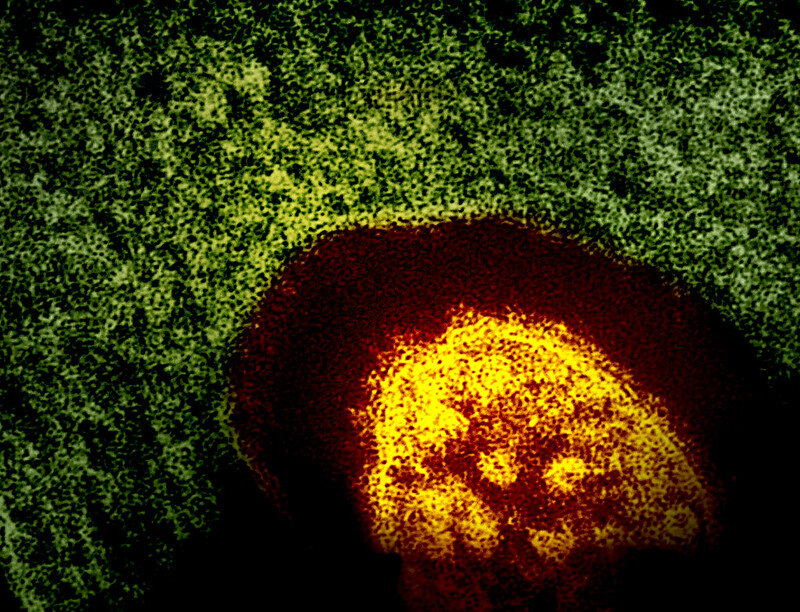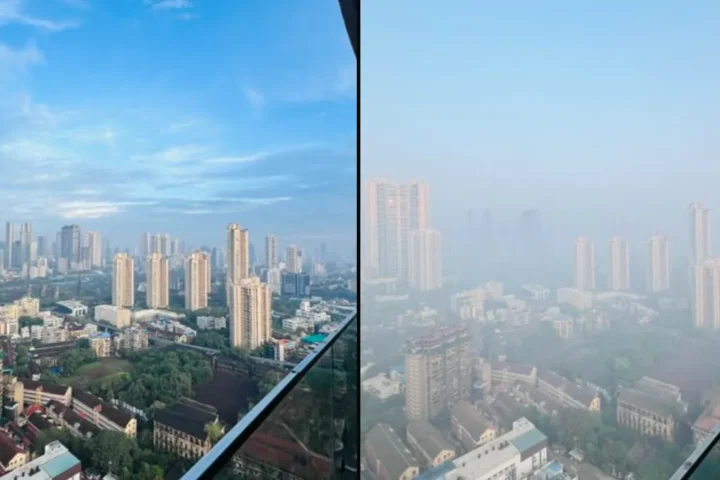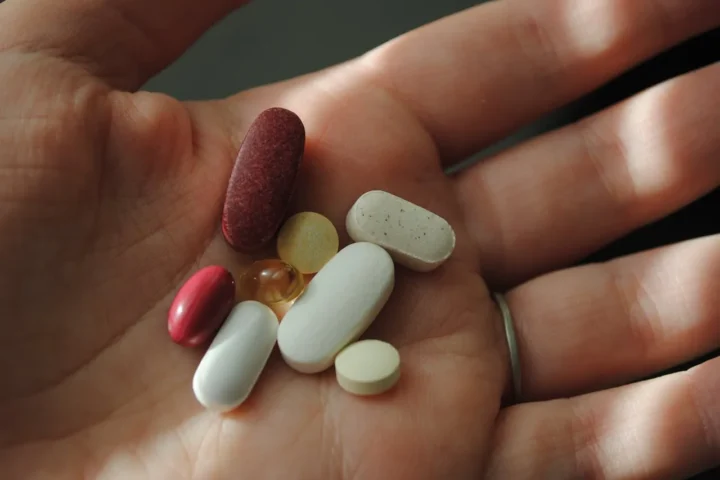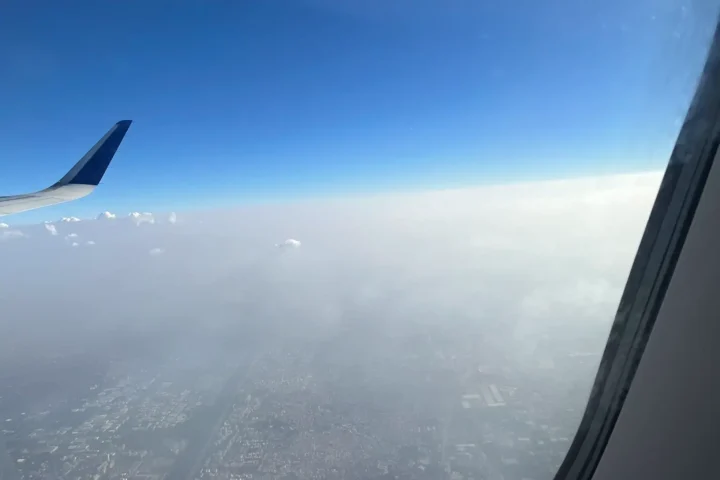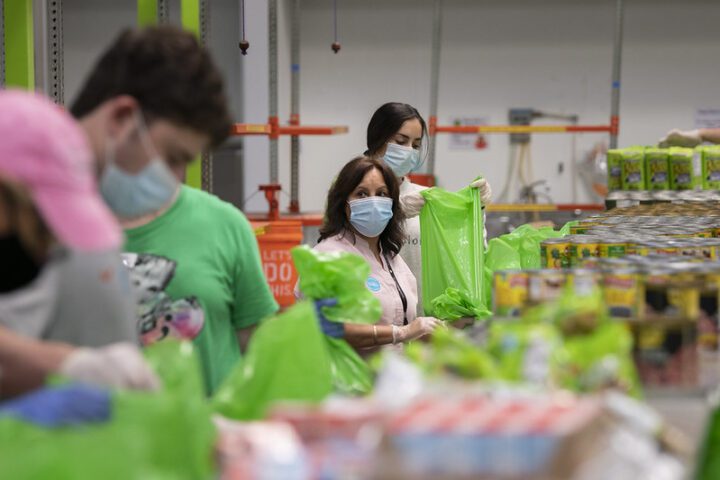The recent surge in measles cases across Quebec has reached 11 confirmed infections, with health officials warning of widespread exposure at Carrefour Laval mall. The latest case from January 7 has put thousands of mall visitors at risk, as confirmed by the Ministry of Health and Social Services (MSSS).
“Due to the active circulation of measles in Quebec and the presence of several exposure environments in the Laurentians, Laval, Montreal and Montérégie regions, we urge extra caution,” states the MSSS. This warning is significant as measles is highly contagious – a person can catch it simply by being in the same room as an infected person, even for a short time.
The disease hits hardest among three groups: babies under one year old, pregnant women, and those with weak immune systems. Government data shows measles can cause brain damage in one of every 1,000 cases and death in one of every 3,000 cases. Early signs include fever, runny nose, and cough, followed by red rashes on the face and body.
Similar Posts
Time matters in preventing spread. The MSSS urges anyone who might have been exposed to act quickly: “If you or your child are among those at risk of complications and have been to one of the possible exposure locations, contact Info-Santé 811 immediately for preventive treatment.” This treatment works best within 72 hours of exposure.
Quebec’s health system offers free measles shots to anyone born after 1970 who hasn’t had the disease or vaccine. Those born before 1970 are considered protected against measles. Getting vaccinated is simple through Clic Santé’s website or by calling 1-877-644-4545.
For now, health officials advise exposed people to skip public transit, wear masks, and call ahead before seeking medical care. Medical facilities now require advance notification before treating potential measles cases.
The current situation shows how a preventable disease can spread rapidly in busy urban areas. Each new case requires health teams to trace contacts, while those exposed must watch for symptoms that might appear up to two weeks later.
